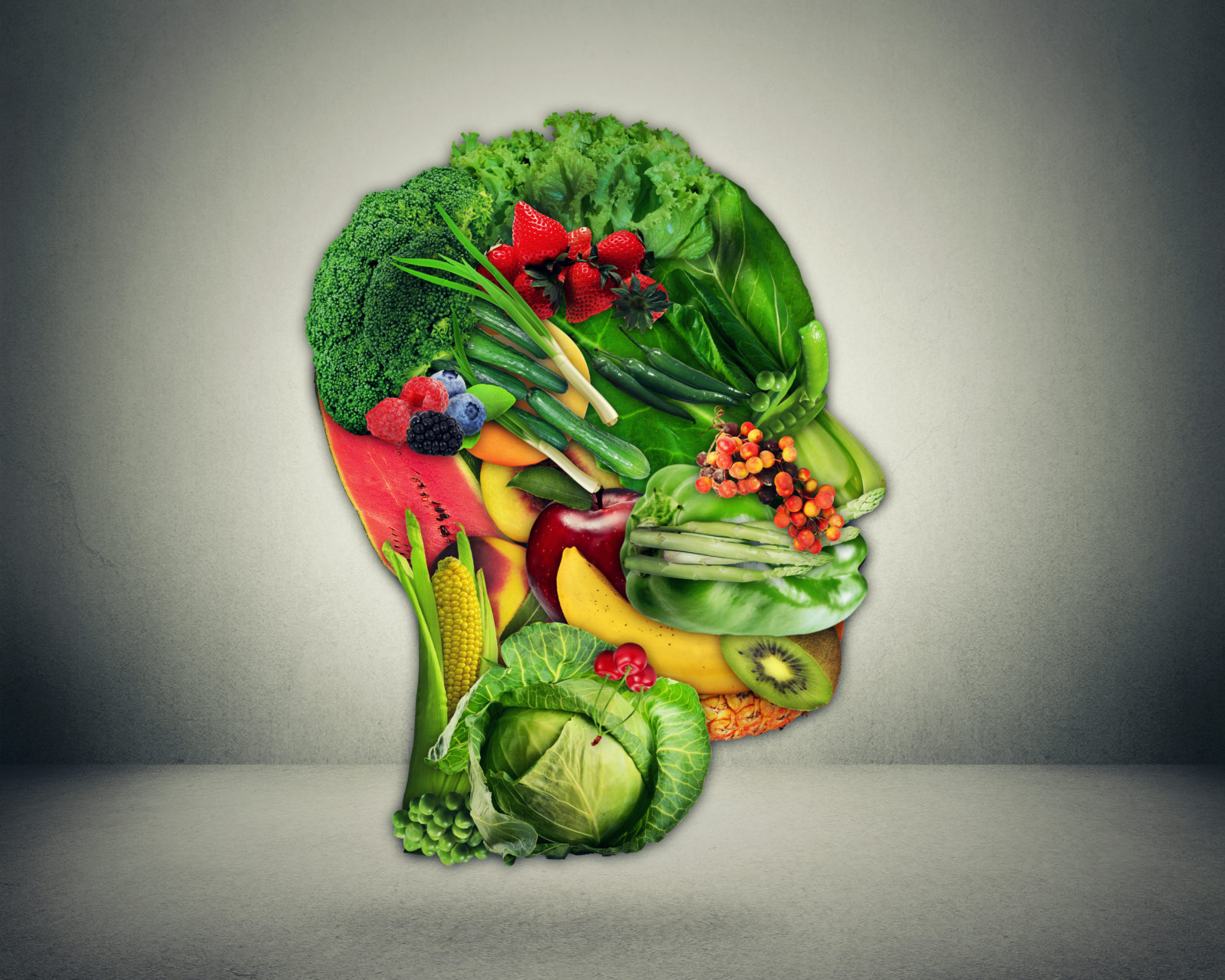Yes, Our Brains — Like Computers — Have a Low-Power Mode
Sure they do. It makes a lot of sense to conserve power when food supplies are low
Neuroscientists have often wondered if the high-metabolism human brain had a power conservation mode and a recent open-access paper in Neuron finds that brains use an energy-saving strategy to cope with shortages. Cognitive neuroscientist Allison Whitten explains:
Now, in a paper published in Neuron in January, neuroscientists in Nathalie Rochefort’s lab at the University of Edinburgh have revealed an energy-saving strategy in the visual systems of mice. They found that when mice were deprived of sufficient food for weeks at a time — long enough for them to lose 15%-20% of their typical healthy weight — neurons in the visual cortex reduced the amount of ATP used at their synapses by a sizable 29%.
But the new mode of processing came with a cost to perception: It impaired how the mice saw details of the world. Because the neurons in low-power mode processed visual signals less precisely, the food-restricted mice performed worse on a challenging visual task.
“What you’re getting in this low-power mode is more of a low-resolution image of the world,” said Zahid Padamsey, the first author of the new study.
Allison Whitten, “The Brain Has a ‘Low-Power Mode’ That Blunts Our Senses” at Quanta (June 14, 2022)
The test mice weren’t actually “starving”; they were on low enough rations that natural defenses against food shortages to the brain would kick in. It was those defenses that the researchers wanted to identify and study in a mammal.
How did the researchers know that the food-deprived mice had a lower visual resolution of their world? They constructed a test where the object was to get out of a chamber onto a platform by spotting the correct visual image:
The food-deprived mice easily found the platform when the difference between the right and wrong images was large. But when the difference between the pictured angles was less than 10 degrees, suddenly the food-deprived mice could no longer distinguish between them as accurately as well-fed mice. The consequence of saving energy was a slightly lower-resolution view of the world.
Allison Whitten, “The Brain Has a ‘Low-Power Mode’ That Blunts Our Senses” at Quanta (June 14, 2022)
Other researchers have found that roughly the same thing happens with flies.
It turns out that our nervous systems are more delicately tuned than we might have expected:
The fact that these impairments in perception occurred long before the animal entered real starvation was unexpected. That was “absolutely surprising to me,” said Lindsey Glickfeld, a neuroscientist studying vision at Duke University. “Somehow the [vision] system has figured out this way to massively decrease the use of energy with only this relatively subtle change in the animal’s ability to do the perceptual task.”
Allison Whitten, “The Brain Has a ‘Low-Power Mode’ That Blunts Our Senses” at Quanta (June 14, 2022)
What if the finding — that the brain’s natural response to non-crisis food shortages is to somewhat reduce power to the visual system — also applies to humans? Chronic poor nutrition or food shortages might impact children struggling in school in an unanticipated way. That could end up being another argument for school breakfast programs.
You may also wish to read:
Researchers: Our brains use data compression to get things right. A recent experiment with mice showed data compression at work when the mice were making decisions about how to get a reward. Sensory data are compressed when challenges loom; now researchers have shown that our brains use that AI-type technique for cognitive functions too.
and
A little-known structure tells our brains what matters now. Work with monkeys and mice has shed light on the filtering role of a neglected feature of the mammalian brain. The cuneate nucleus (CN) in the brain stem turns out to communicate regularly with your prefrontal cortex and spine as to what you had better notice.
